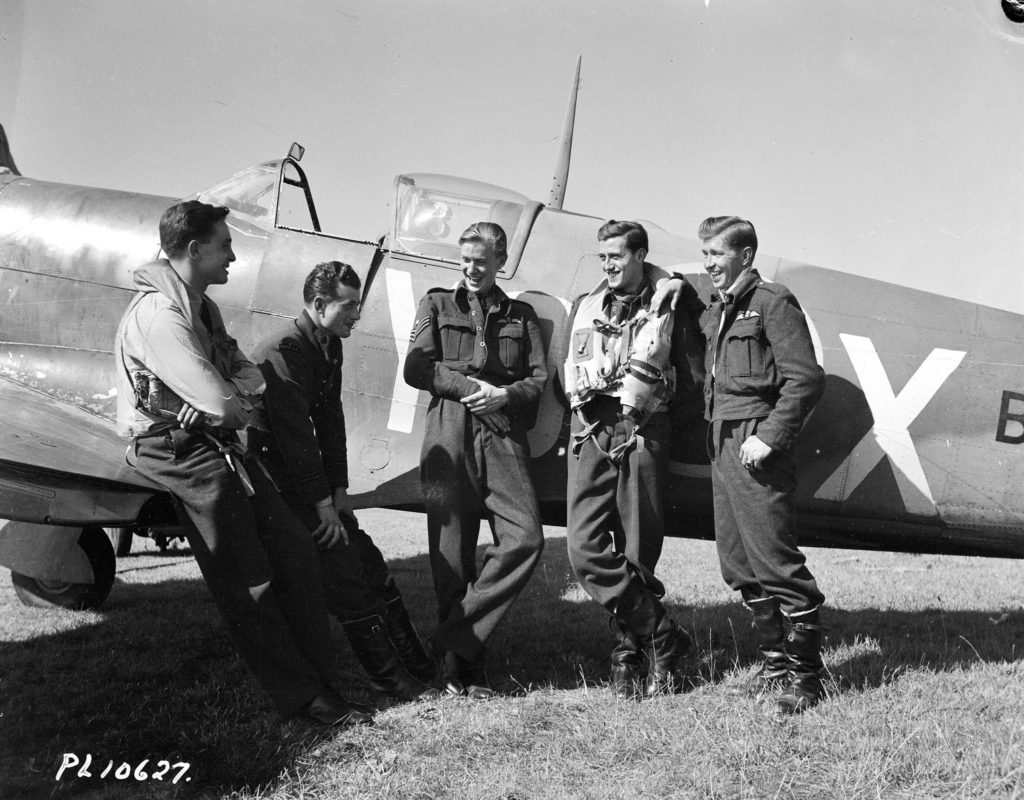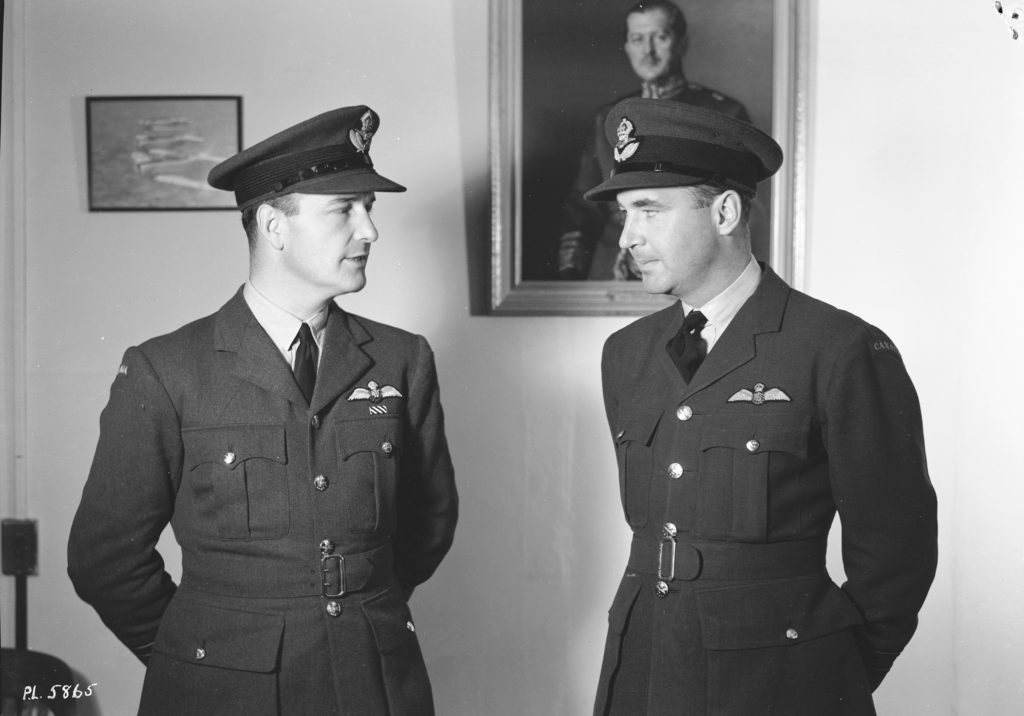Estimated reading time 5 minutes, 59 seconds.
For the Royal Canadian Air Force officers who flew in the Battle of Britain, the fight was more than just preventing the Luftwaffe from gaining air superiority over southern England and helping prevent an invasion. It was also about leadership.

As the RCAF expanded, the veterans of No. 1 (Fighter) Squadron formed the basis of many fighter squadrons that protected Canada’s coast and continued the fight in Europe. Of the 24 pilots who survived to 1941, 16 went on to become squadron commanding officers.
The role of the first commanding officer of a squadron was to bring a group of pilots and the groundcrew to operational readiness as a cohesive unit. The commanding officer’s operational knowledge and experience helped instill what was required of everyone — plus they were squadron leaders to whom everyone listened.
Overseas, the RCAF formed five new day-fighter squadrons in 1941. Royal Air Force officers led three of them as the RCAF did not have sufficient experienced officers; two were formed, however, with RCAF Battle of Britain veterans as their first commanding officers. Paul Brooks Pitcher was the first commanding officer of 411 Squadron when it was formed on June 16, 1941, and served until Dec. 16 of that year. Charles Warren Trevena was the first commanding officer of 412 Squadron from June 30 to Nov. 11, 1941.
Both officers led their squadrons on their first operational missions, including their first offensive missions over France. Pitcher then became the second commanding officer of 417 Squadron, and its first Canadian commanding officer, deploying the squadron to Egypt where he had to operate under a whole new set of conditions, including being far from Canadian support.
Back in Canada, the Battle of Britain was hardly over when Eric Walter Beardmore was repatriated. On Dec. 13, 1940, he became the first commanding officer of No. 118 Squadron whose role it was to provide the air defence of Halifax, N.S. The role was important enough that Ernest Archibald McNab, Hartland de Montarville Molson and Arthur M. Yuile followed as commanding officers, with Yuile taking the squadron to Alaska to serve with “Y” Wing.

In 1941, Canada added two fighter squadrons to its Home War Establishment, Nos. 111 and 115 Squadrons — the first to protect the east coast and the second the west coast. Arthur Deane Nesbitt led the former while Edwin Michael Reyno led the latter. Ten more squadrons followed in 1942, with five being formed under the leadership of Battle of Britain veterans.
The highest operational command in which a fighter pilot could serve and still fly was as commander of a wing — made up of three (and after July 1944, four) squadrons. Gordon Roy McGregor was the first RCAF commander of a wing when he helped form the Digby Wing on April 14, 1941. His command included RAF squadrons as well as RCAF squadrons. His experience stood him in good stead as he helped form “X” Wing in British Columbia and took it to Alaska where it supported the United States Army Air Force in its operations against the Japanese.
McGregor returned to the United Kingdom and assumed command of 126 Wing on July 20, 1944, taking the wing across Northern Europe and into Germany as it supported allied troops on the ground. Supporting him was Blair Dalzell Russel, who had served as the wing’s first wing commander, flying in charge of air operations, from July 9, 1943, to Oct. 16, 1943, and again from July 8, 1944, to Jan. 26, 1945. Russel had accepted a demotion to squadron leader between the two postings, so he could serve as commanding officer of 442 Squadron.
Deane Nesbitt also served as commander, but of two wings. From May 1, 1944, he commanded 144 Wing until it was disbanded on July 13, 1944. He then commanded 143 Wing from Jan. 1 to Sept. 7, 1945.
The experience the Battle of Britain provided to its RCAF participants was important to the RCAF. These future leaders understood what was required of fighter squadrons and their leadership. When the RCAF formed new squadrons in Canada and the United Kingdom, these Battle of Britain veterans were able to provide the experience and knowledge to more than half of the new RCAF fighter squadrons up to the end of 1942 while other RCAF officers learned their own lessons.








